
While the concept of QR codes is not very old (created in 1994) compared to the barcode, it has gained considerable steam in the past few years in the mobile (and print) world. When the QR Code was established, it helped to reduce the fidelity in codes. People are just now waking up to the possibilities of the QR Code, and are aware of how awesome it is :D. The bar codes derived by the imagination of Bernard Silver in 1948 have come a long way themselves, but due to less data storage and less flexibility (and the need for not being able to be created without acquiring permission from GS1 US.), QR codes are now becoming more in demand than they are, according to SCMEDU. Both have the same basic functionality, but also are very different from each other in specs and the way they can be used. Lets talk a little bit about this history of the barcode, and how QR Codes are being used today.
History of the Barcode
Today We are so used to seeing the common barcode printed on packaging at the grocery store or in other retail outlets, that you might have completely forgotten about it, it bleeds into the background of daily life. When you are at the store and items are passed over the barcode reader at the checkout counter to ring up a sale, you hear that familiar beep. Barcodes throughout history have not only been valuable at the point of sale, but also for managing inventory and raw materials internally, so that companies know what they have in stock.
Barcodes throughout the years have become common in shipping, they enabled companies greater accuracy and speed in getting packages delivered to their customers, they have been used to manage large filing systems, library books, and a host of other purposes where large numbers of items have needed to be tracked efficiently by computers (to decrease the chance human error).
The history of the Barcode started quite some time ago now, and makes for an interesting read if you have time – here is a quick excerpt from the wikipedia to give you the gist.
The first use of the barcode was to label railroad cars, but they were not commercially successful until they were used to automate supermarket checkout systems, a task for which they have become almost universal. Their use has spread to many other tasks that are generically referred to as automatic identification and data capture (AIDC). The very first scanning of the now ubiquitous Universal Product Code (UPC) barcode was on a pack of Wrigley Company chewing gum in June 1974.
In 1948 Bernard Silver, a graduate student at Drexel Institute of Technology in Philadelphia, Pennsylvania, USA overheard the president of the local food chain, Food Fair, asking one of the deans to research a system to automatically read product information during checkout. Silver told his friend Norman Joseph Woodland about the request, and they started working on a variety of systems. Their first working system used ultraviolet ink, but the ink too easily faded and was fairly expensive. However, On 20 October 1949 Woodland and Silver filed a patent application for “Classifying Apparatus and Method”, in which they described both the linear and bullseye printing patterns, as well as the mechanical and electronic systems needed to read the code. The patent was issued on 7 October 1952 as US Patent 2,612,994. In 1951, Woodland moved to IBM and continually tried to interest IBM in developing the system. The company eventually commissioned a report on the idea, which concluded that it was both feasible and interesting, but that processing the resulting information would require equipment that was some time off in the future.
IBM offered to buy the patent, but its offer was not high enough. Philco purchased their patent in 1962 and then sold it to RCA sometime later.
Back in 1974 that grocery store mentioned in the above excerpt was located in Troy, Ohio. That place in time forever change the way we purchase things, hard to believe eh? After that happened, as they say “The rest is history”. Since then UPC codes have exploded in popularity after hitting the market, and you can still find them today on nearly every product you see on the shelves. The UPC code technology finally bridged the physical and digital worlds and allowed anyone with a bar code scanner instantaneous access to the data that a bar code contains.
The early UPC codes were 1-D, meaning they would only carry information in one direction. One-dimensional codes were fine for the simple needs of carrying small amounts of data like numeric product codes, however with the ever increasing complexity of the digital world, there was a need for a bar code capable of carrying more data.
Like I said, there is so much history in the barcode that it will be hard to say goodbye to it if we ever get to that point one day! It will be hard to completely transition away from barcodes as well since they were used so widely, I mean look at how many people still use Internet Explorer haha. So lets talk about QR Codes and why they are becoming so popular in todays world, and how they could be the solution to our limited UPC Code data storage dilemma.
What Is So Special About QR Codes?
Welcome to the world of 2-D bar codes (sometimes called matrix codes). They of course (as you may have guessed) carry information in two directions: vertically & horizontally. 2-D bar codes are capable of holding tens (sometimes even hundreds) of times as much information as 1-D bar codes. Which leads us to our main point! One of the most popular 2-D bar code formats of course (can you guess it!?) is Denso Wave’s QR Code! The format is so special, because it can hold more than 7,000 digits or 4,000 characters of text (almost OVER 9,000!! lol), which destroys even the most complex 1-D codes (they usually top out at around 20 characters or so). 2-D QR codes are also small and easy to scan, as you have seen in the explosion of their usage with smart phone cameras and scanner apps.
Here are just a few of the advantages of the QR codes:
- The design has much more flexibility.
- It can store 100+ characters and not just numbers
- Email addresses, names, details of the products etc. in small strings of characters can be saved in the QR codes.
- The QR codes have different images to be included so the chances of uniqueness is increased.
- Smartphones having camera facilities (and an app) can read the QR codes, as well as barcodes in most cases.
- The codes can be generated by any custom generator app as well and there is no need to go to GS1 US.
- Even though the QR code may be damaged, information still can be taken out of it.
- QR Codes can be scanned at any position, barcodes can not.
QR Codes use finder patterns, an arrangement of squares that help the scanner detect the size of the QR Code, the direction it’s facing and it even takes into account the angle at which the code in question is being scanned. Furthermore, every QR Code contains an alignment pattern, this pattern of squares helps scanners to determine if the 2-D bar code is distorted in any way (crucial if it’s placed on a rounded surface, or something like that). QR Codes also have margins for error (unlike its barcode ancestor), which is great, so even if part of the code is damaged or obscured, the code can often still be scanned. Win.
The most sophisticated and elegantly designed bar code however would be useless without sophisticated software (and technology to run said software!) capable of recognizing the bar code’s alignment patterns, and with the ability to decode the data. The scanning software that we use today to read QR Codes has some pretty impressive capabilities since it has been tweaked and improved upon over the years, and technology continues to get better. The smartphone’s we use now have a camera that processes the code’s image, the software goes to work analyzing the image. By calculating the ratio between the black and white areas of the code, it can then quickly identify which squares are part of the alignment patterns and which are the squares that contain actual data. Using the QR Code’s built-in patterns and error correction algorithm, the software can also compensate for any damaged or smudged areas of the bar code. After the software has essentially digitally “reconstructed” the QR Code, it examines the myriad of black and white squares in the QR Code’s data section and outputs the data contained within (thus sending you to a website, or whatever said QR Code was created to do).
There are other types of 2-D bar codes, but the QR Code is of course the most popular and well known for now. Some companies such as UPS (yeah the shipping company, brown trucks and shorts, those guys) use other special formats of code, UPS in particular uses a format called MaxiCode, which can be scanned very quickly as packages fly down the conveyor belt. Another example is the U.S. Department of Defense who has adopted a format called DataMatrix. DataMatrix is a 2-D bar code format with the ability to hold a lot of information in a very small area. It doesn’t really matter what format you use as long as it gets the job done, 2-D bar codes contain both data and built-in patterns so that the scanner can decode the information each bar code contains, and in many cases, one device can read many different formats, even the traditional 1-D bar codes that we all know and love.
Even with all of those advantages though, the almighty QR code isn’t perfect for every application. They’re more complex than 1-D codes, so of course they require more powerful scanners to decode. At least this was the issue before the smartphone revolution, so is this really an issue any longer?
The QR codes are being placed today more and more on anything and everything, like on products, clothes, newspapers, magazines, shoes etc. You will also find them on brochures, leaflets and on business cards as well. This of course has created almost a new marketing revolution for some ad agencies targeting consumers in markets that were hard to convert into online sales, but this is only one of the many uses the QR Code will have in the future as technology and innovation marches on. For right now they are just a convenient technology to save us some time in our day looking for information, and having a similar feel to abstract images the design placed at a corner of any product isn’t too bad to look at, either.

If you want to try to create your own QR Codes give this generator a try!

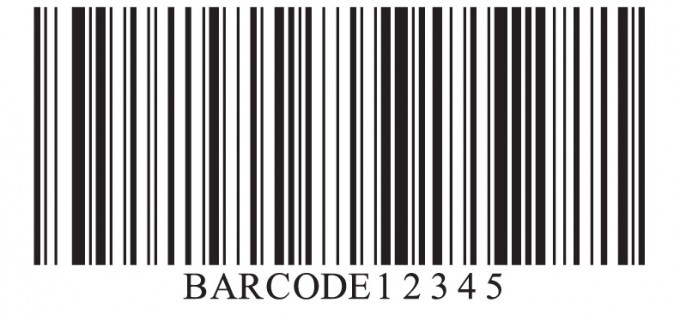
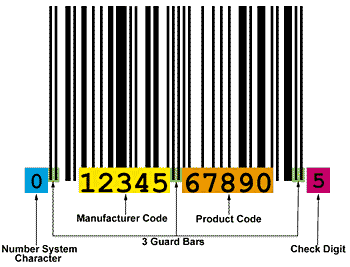
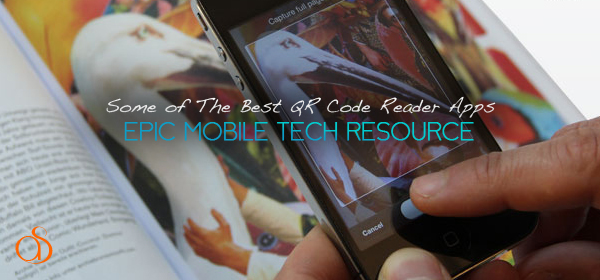

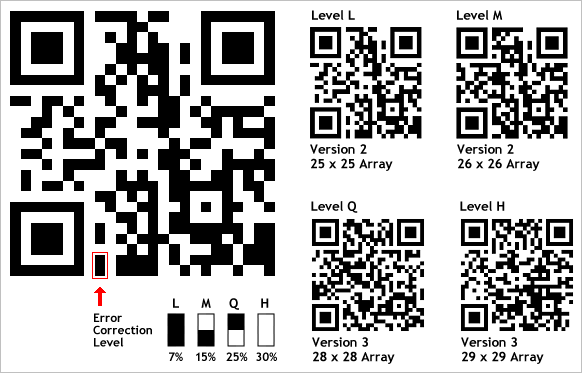
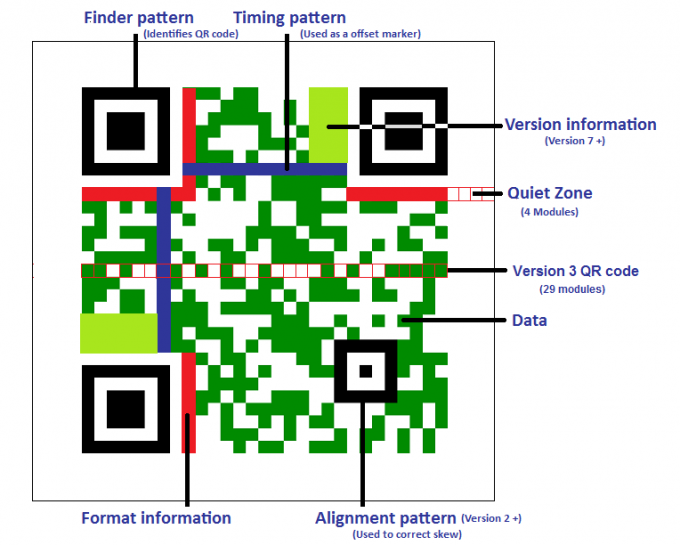
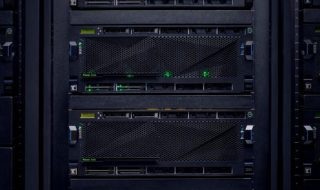
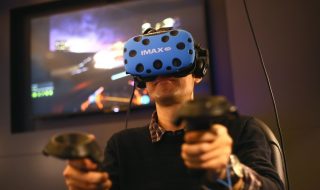


Awesome post! Well, QR codes does have better advantages as mentioned, especially information can be retrieved if the QR code is damaged. Thanks for sharing 🙂